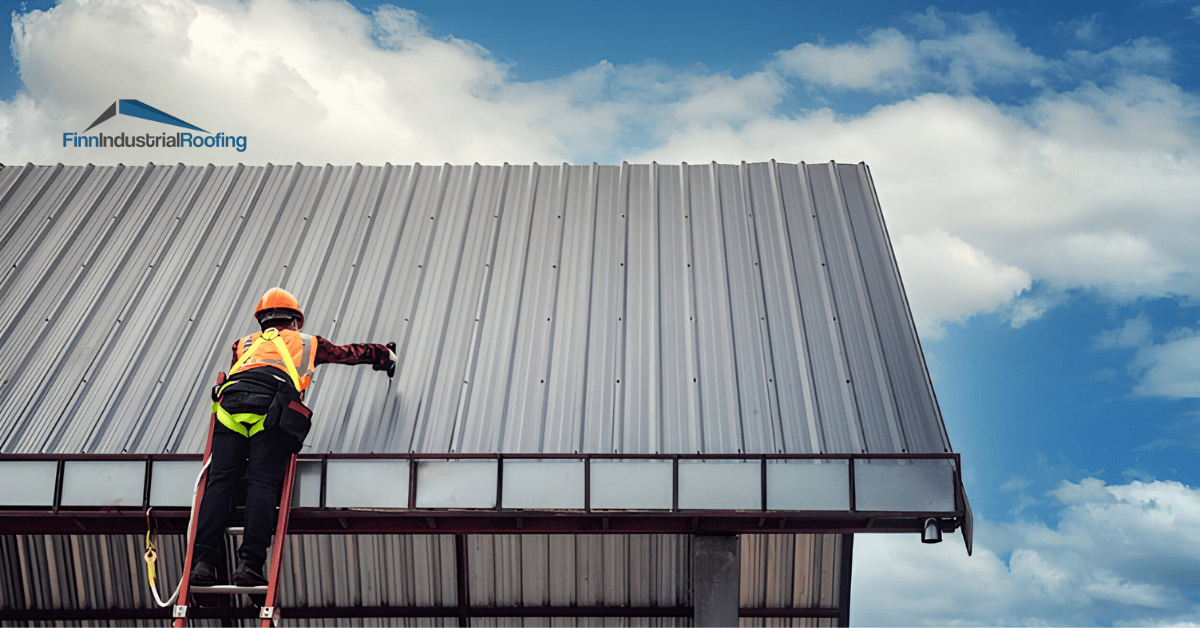From residential renovations to bold commercial statements, aluminium cladding is reshaping the face of contemporary architecture in the United Kingdom and beyond. Praised for its versatility, durability, and sustainability, this material is now a familiar sight across Britain’s urban landscape—adorning everything from high-rise façades to minimalist extensions.
Its aesthetic impact is matched by its practical credentials. Architects, contractors, and developers continue to favour aluminium for both new builds and retrofitting projects, citing its ease of installation, lightweight profile, and environmental benefits.
A Brief History of Aluminium Cladding
Aluminium’s use in construction dates back more than a century. As early as 1897, aluminium sheets were reportedly used to clad ecclesiastical buildings, particularly churches. By 1962, the evolution of rainscreen cladding systems ushered in a new era of façade engineering—allowing external walls to breathe while remaining water-resistant. Since then, aluminium has emerged as one of the most widely adopted cladding materials worldwide.
Its rise in popularity has been underpinned by a combination of performance and adaptability. Unlike traditional masonry or timber façades, aluminium systems can be engineered to meet the design and environmental demands of modern construction.
Versatility in Design
While aluminium is often associated with sleek silver panels, its design potential goes far beyond minimalist aesthetics. Today’s manufacturers offer a wide array of finishes and profiles—ranging from Corten steel-effect façades to decorative mesh screens and corrugated profiles. Panels can be extruded, perforated, or formed into expanded mesh for bespoke effects that marry form with function.
Such adaptability has made aluminium cladding a go-to option for both high-end architectural projects and budget-conscious developments. It enables designers to realise creative façades without compromising on performance or structural integrity.
Durability Meets Light Weight
Beyond its visual appeal, aluminium brings a practical edge: it is extremely lightweight relative to its strength. This means it can be installed on a wide variety of structures, including timber-framed buildings, without the need for significant structural reinforcement. For architects and engineers, this reduces load-bearing calculations and broadens the scope of viable construction methods.
In terms of longevity, aluminium has proven its worth. Many buildings still in use today feature aluminium window frames or cladding systems installed over 70 years ago. The material naturally resists corrosion—especially when anodised or powder-coated—and requires only periodic cleaning to maintain its appearance.
Environmental Sustainability
Aluminium is also recognised for its sustainability profile. It acts as a thermal envelope when installed correctly, improving building insulation and supporting more efficient energy usage. In retrofit applications, cladding can significantly enhance a building’s energy rating without altering its internal structure.
Perhaps more importantly, aluminium is endlessly recyclable. According to industry estimates, around 75% of all aluminium ever produced is still in use—often repurposed through closed-loop recycling systems. Architectural-grade aluminium boasts recycling rates as high as 92% to 98%, underscoring its credentials in a circular economy.
While critics occasionally raise concerns about the high energy consumption associated with primary aluminium production, proponents argue that its longevity, reusability, and recyclability make it one of the most sustainable building materials available today.
Safety and Maintenance
Aluminium’s fire resistance is another compelling feature. Under the European Fire Classification system, it is rated as a non-combustible material (Class A1), making it suitable for applications where stringent fire safety standards are required. However, it is important to distinguish between solid aluminium cladding and aluminium composite materials (ACMs), some of which have come under scrutiny in the wake of recent fire safety reviews. Specifiers are advised to ensure full compliance with updated building codes and materials testing.
Maintenance needs remain minimal, especially compared to wood or painted steel alternatives. Beyond occasional cleaning for appearance, aluminium does not require sealing, repainting, or specialist upkeep—offering long-term cost savings and reduced environmental impact over the product lifecycle.
Enhancing Existing Structures
Retrofitting older buildings with aluminium cladding is an increasingly popular practice. Lightweight and non-intrusive, cladding panels can be installed without the need to alter or reinforce the existing structure—making them ideal for rejuvenating outdated façades while enhancing thermal performance and weather resistance.
From a financial standpoint, the speed of installation is another key advantage. Contractors report faster build times and reduced labour costs, particularly on large-scale commercial projects. In an industry where time equals money, these efficiencies translate into meaningful cost savings for clients.
Looking Ahead
As demand for high-performance, aesthetically distinct, and sustainable buildings continues to grow, aluminium cladding remains at the forefront of innovation. Ongoing advances in surface treatments, coatings, and fabrication methods are expanding what’s possible in both form and function. From high-spec civic buildings to modular housing, aluminium continues to shape the visual identity of modern cities.
Ultimately, its appeal lies not just in its properties, but in its promise: a material that balances creativity with compliance, beauty with function. For developers seeking to future-proof their projects—architecturally, environmentally, and economically—aluminium cladding offers a compelling case.














